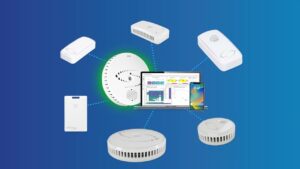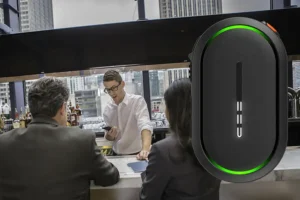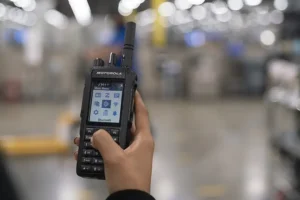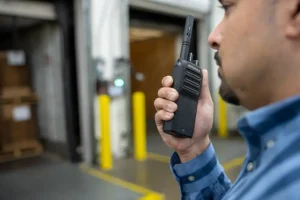
Halo Amplify — the Connected Sensor Suite
The HALO Smart Sensor 3C and 3C-PC by IP Video, a Motorola Solutions company, is extending security, health, and situational awareness.

The HALO Smart Sensor 3C and 3C-PC by IP Video, a Motorola Solutions company, is extending security, health, and situational awareness.

Communicate and operate confidently with the TLK 25 LTE/Wi-Fi, a wearable WAVE PTX device that expands your capabilities beyond push-to-talk and doesn’t limit your range.

MOTOTRBO™ R7 is a digital portable two-way radio that offers game-changing audio capabilities in a rugged, future-ready device.

MOTOTRBO Capacity Max uses centralized control and optimized traffic routing to provide DMR Tier III trunking, plus advanced MOTOTRBO functionality.

A next-level workhorse, the MOTOTRBO R2 marries durability and ergonomics in a portable, two-way radio with superior range and audio.
We pride our reputation on superior system design, installation, and support, making Telecom Communications, Inc. a leader in wireless communications services.
To better serve our customers, we have two locations in Long Island and Manhattan.
Get the latest news and promotions from Motorola. Sign-up to receive our newsletter.Please enter your email addresss below.